Dye Fabric With Onion Skins

Natural dyeing is something I’ve been wanting to try for years now and I finally gave it a go with this scrap piece of white linen I had just laying around in my stash. This was a fun project to add some gorgeous color to my fabric, however, you could absolutely follow these same steps to dye your own clothing (as long as they are 100% natural, cellulose material like cotton, linen, hemp, or bamboo)!
I am beyond excited with the final result! I can't wait to sew this fabric up (i'm thinking of making either a shirred crop top or a puffy tote bag with it).
While I’m definitely no expert, here are the basic steps I followed just in case you’d like to give it a try:
Step 1: Collect your onion skins. I stored mine in an old pickle jar until the jar was full *like a professional*
Step 2: Mordant your fabric- this will help the color bind to the fibers of your cloth. I chose to mordant my linen fabric by soaking it in a solution of water and alum for at least an hour. I used alum from my grocery store (it’s with the spices!) and used a ratio of 15% alum per weight of fabric measured in grams. I soaked my fabric in this solution in a pot of this for just over 24 hours.
**please note that while alum is fairly non-toxic, it can cause irritation to skin, eyes, and your lungs. Be sure to use this in a well ventilated area or outside while in powder form, and use gloves or tongs when handling dissolved alum in water.
After your fabric has been mordanted, fully rinse it in cold water and gently squeeze out any excess.
Step 3: Prepare the dye bath. Bring a pot of water large enough to cover your fabric to a rolling boil. Then, add all of your onion skins. Reduce heat and simmer until the water turns a deep golden color (about 1 hour). You can also add a bit of vinegar to the dye bath to help the color adhere to the fabric (let me know if you try this, because I did not, but my color turned out great anyway!)
Step 4: Remove your onion skins. You may need to strain your dye in order to remove smaller bits!
Step 5: Add the rinsed, mordanted fabric to the dye bath, making sure that it is fully submerged in the water.
In order to ensure an even dye, stir your fabric occasionally. Simmer for about 1 more hour.
Step 6: Rinse and dry the fabric in cool water until the water runs clear. Hang the fabric to dry in a well-ventilated area away from direct sunlight.
Step 7: Enjoy! Your fabric should now be a deliciously golden hue!
I love that this project is both simple and sustainable! It's so great to be able to create my own custom colored fabric for future sewing projects. I also have plans to try this again using a white cotton dress that may or may not have a few food stains that I'd like to disguise, haha!
Would you try naturally dyeing your fabric? I think I’m going to try some pinks with avocado pits next! As always, happy making! 💛🙌🏻💛
You can also watch this video for the full tutorial as well! happy making
Enjoyed the project?
Suggested materials:
- Natural Fabric (such as cotton, linen, hemp, or bamboo)
- Alum (Grocery Store)
- Onion Skins
- Water
- Pot
- Stovetop
The author may collect a small share of sales from the links on this page.
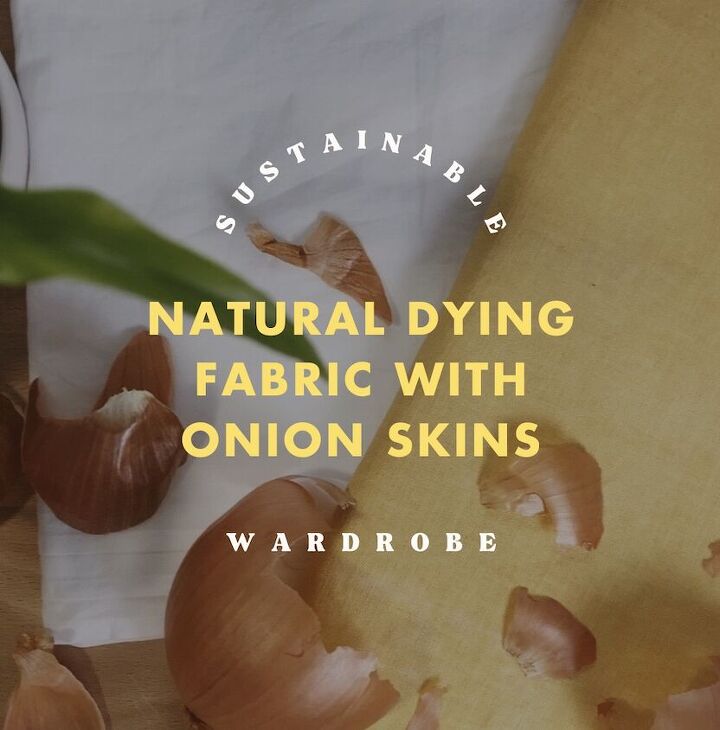






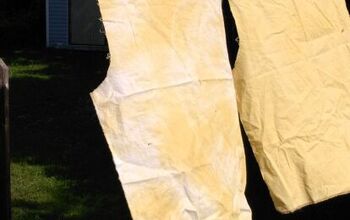
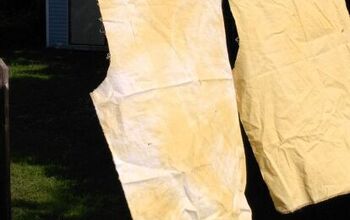


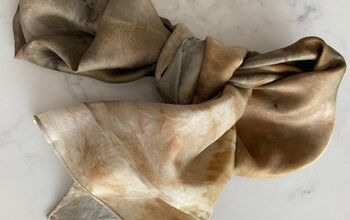
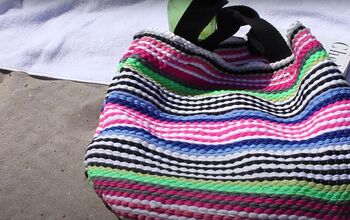
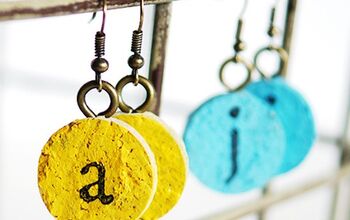



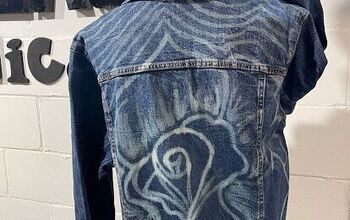

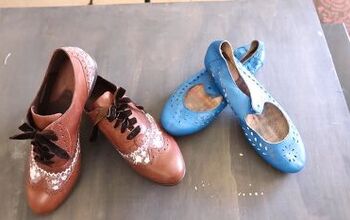

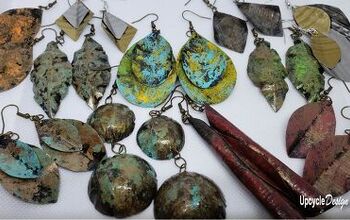

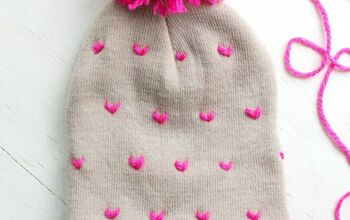
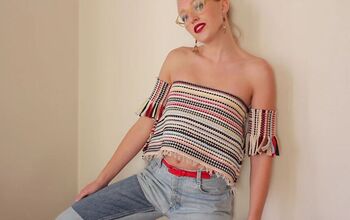
Comments
Join the conversation
What does "mordanted" mean?
Thank you!